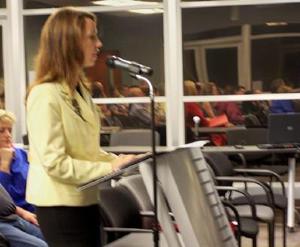
At Tuesday evening’s special meeting to address Maricopa’s economy, Dr. Ioanna Morfessis, Maricopa’s economic consultant, spoke of one of the greatest challenges for the city as the lack of a defined downtown core and city center. So, what is being done about that?
Planning Director Amy Haberbosch addressed those in attendance following Morfessis’ presentation that developing a downtown area is a must for Maricopa’s future.
Among the goals would be to establish special districts to reel in businesses. Those districts would include an Old Town District; Maricopa Town Site; Corridor District; Center of City District; Wellness District; Water Tower District; Transitional District; and Educational.
“We’re very limited in what we can do with rezoning,” Haberbosch said. “We’re looking at a lot of transportation concerns that will impact our downtown plan. We want and need to have live/work/play opportunities in downtown.”
Councilman Will Dunn noted that a Maricopa Destination Task Force was formed to include the input of citizens as to what they would like to see in a downtown area.
Among the citizens from the MDTF speaking out Tuesday was Dallas Paulsen. “We’ve been here four years spinning our wheels,” Paulsen said. “We’ll be in trouble if this keeps up. We need to step up to the plate.”
Dunn, who stood on the other side of the table addressing council, noted, “I have nothing to gain being on this side of the table. We’ve been around and around this block. We need to say this is our town and make it stand for something. We’ve got to make an investment in our community.”
Planner-developer Dave Fackler of Tempe-based Nielsen-Fackler Planning & Development concluded the conversation in discussing how a downtown Maricopa could look like down the road.
Fackler noted that with a Request for Proposals Quote (RFPQ) only involving a planner, his efforts as a bidder would provide a conflict of interest. He said his efforts would only be that of a developer for the city’s downtown. His visions detail parcels west of SR 347.
Noting that building a downtown for Maricopa will not be an overnight process, Fackler said building out such a core project could take 15 to 20 years.
In a follow-up discussion with inmaricopa.com, Fackler said there are some challenges to Maricopa getting a viable downtown area going. “Critical to the process is establishing a redevelopment and central business district designation that will bring into play the various economic development tools available through state laws as well as increase the potential for federal funding,” Fackler said. “Financing of initial infrastructure costs will also present a significant challenge.”
Fackler believes Maricopa is somewhat unique in that it will be not so much redeveloping a downtown as creating one.
“There are some parallels; even with Tempe, where downtown was an old run down, strip commercial area that was one-half block deep off of Mill Avenue, which at the time was a state highway,” Fackler said. “Beyond the half block of commercial was slum and blight residential that had been carved up by slum landlords into cheap housing for ASU students. In Tempe, we also were in the position of having to create a downtown around a small turn of the century historic commercial core. The tools we used in Tempe for the most part will be ones that we’ll use in Maricopa, but will just be applied to meet the desires of the Maricopa community.”
Asked what businesses would best suit a downtown Maricopa, Fackler said successful downtowns are a conglomeration of mixed-uses, ever-changing and what is developed initially will change over time as the community changes. “Generally, successful downtowns, that are sustainable, are a mix of 40 to 50 percent residential; 25 to 30 percent employment, including a strong governmental presence; and 25 to 30 percent entertainment retail and hospitality uses,” Fackler said. “There are many specialty uses that don’t fall specifically into these specific categories or fall into more than one that will also become part of the mix.”
Fackler said the community will need to come together to create its initial vision of what it wants included in its downtown and what its priorities will be for initial development.
“Remember that downtowns are dynamic; what is built initially will only be the first wave of development,” Fackler said. “To remain viable the downtown will need to constantly be updating itself to keep in touch with the changing dynamics of the community. If we are building the living room of the community where the community comes to celebrate, we’ll need to continually be reevaluating the needs for ongoing remodeling and expansion of the living room, as the community grows and changes.”
Photo by Joyce Hollis

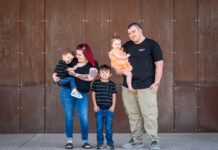

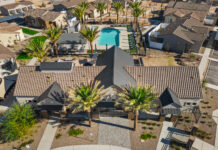
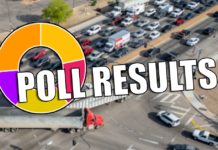


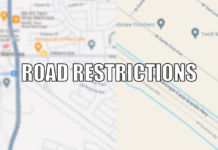

![City gave new manager big low-interest home loan City Manager Ben Bitter speaks during a Chamber of Commerce event at Global Water Resources on April 11, 2024. Bitter discussed the current state of economic development in Maricopa, as well as hinting at lowering property tax rates again. [Monica D. Spencer]](https://www.inmaricopa.com/wp-content/uploads/2024/04/spencer-041124-ben-bitter-chamber-property-taxes-web-218x150.jpg)






